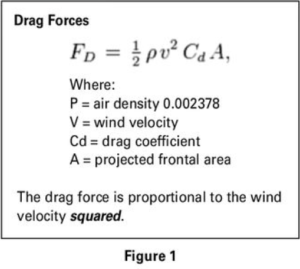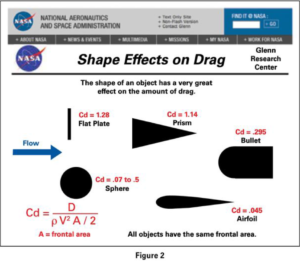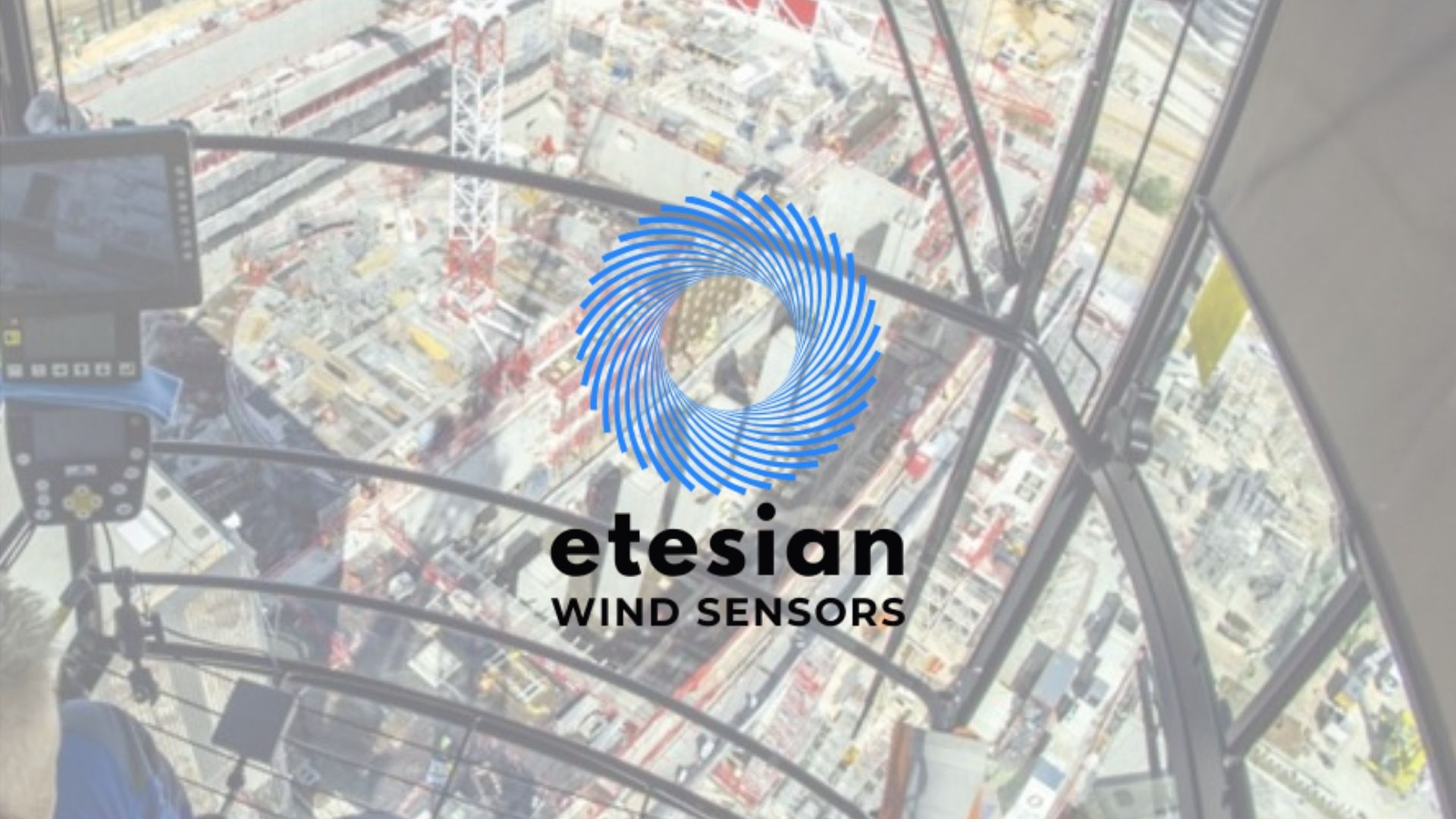Safety is at the top of every tower crane operators list. Hardly any more needs to be said of “safety first.” Wind is just one of many environmental concerns when a tower crane— luffing-jib or flat-top— is in operation. To appreciate the importance of accurate wind measurements, one needs to know important properties of wind, and how these properties can impart potentially damaging forces upon the crane. Understanding how wind drag forces operate, the nature of wind shear, and the consequences of inadequate measurements are key.
Forces
Drag forces arise whenever any surface presents an area to the wind. The most important point is that this is not a linear relationship: The force increases with the square of the wind speed. Every child with a hand out the car window can intuitively describe wind drag forces. As she turns her hand edgewise and then fully facing the wind, she feels the change in force on her hand and arm. This represents the “A” in the equation for drag force. “A” is the projected or frontal area facing directly into the wind.
This force derives directly from Newton’s Law— every action is met by an equal and opposite reaction. One example is a plate that is forcing a change in velocity of the wind as it streams around the edges of the plate. The force necessary to accelerate the wind is reflected as a force on the plate. Naturally, turning it edgewise would reduce the affected area of the wind and therefore reduce the force on the plate.
 Let’s look at the equation in Figure 1:
Let’s look at the equation in Figure 1:
- Drag force = ½ rho (the density of air) time the air velocity—squared— times the projected area A, times the drag coefficient.
- Cd, the drag coefficient, is a kind of fudge factor, which is determined experimentally.

Here it is, in Figure 2, right from the rocket scientists at NASA, and you can see the coefficient varies from a very low 0.045 for a streamlined shape like a plane’s wing to about 1.25 for a flat plate, blunt to the wind, as in the earlier example. The equation here is just rearranged, but the same as before.
Notice the drag force is the product of all these terms multiplied together: the area, the drag coefficient, air density, and the wind speed squared. What this means is that as the wind speed changes— and this is really what we are concerned about, since everything else is fixed— we can’t change the projected area of our cranes, and we can’t change the cumulative drag coefficient or the air density.





